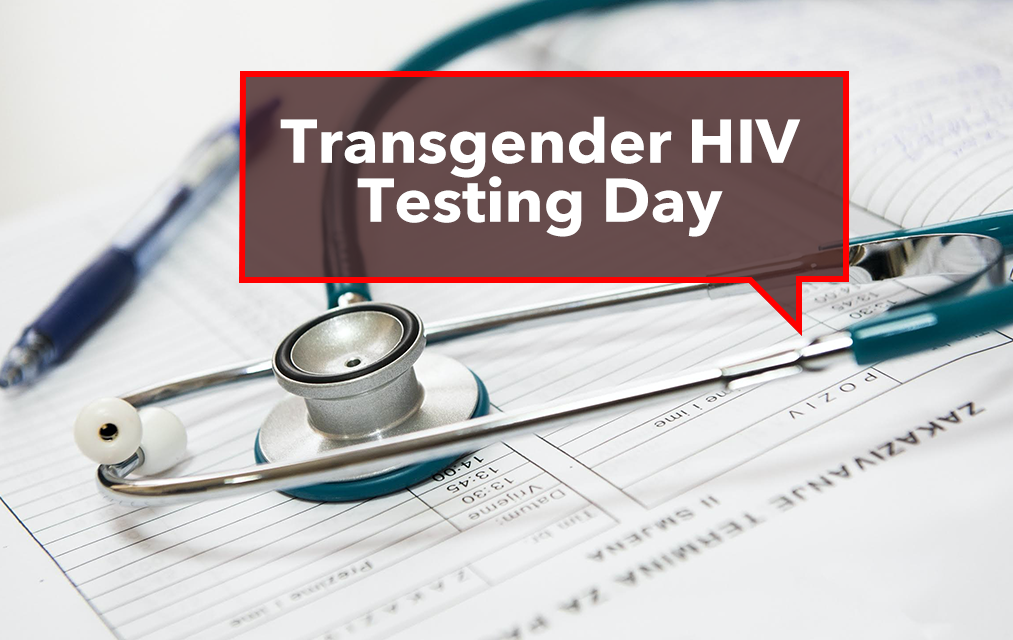Transgender HIV Testing Day

April 18th officially marks Transgender HIV Testing Day, an important day for the roughly 1.6 million members of the transgender community in the U.S., and the millions more globally. HIV is particularly important for the transgender community, both due to issues the community has with contraction as well as treatment. This article will bring up some of these facts and some of the resources available for trans people that need testing.
There are a few reasons for this. One is the fact that many trans women may have a higher likelihood of being driven to high-risk behavior due to societal pressures. These include injection drug use, unsafe sex, and not communicating sexual history with a partner. A lot of these are representative of greater societal issues. For example, the unemployment rate for trans women is far higher than the national average. This drives many of them to high-risk sex work. A lack of medical access to gender confirmation procedures may mean more injection of silicone or tissue fillers that have an added health risk factor.
One other thing we should note is that a lot of trans women aren’t aware of their HIV status, leading to the greater potential for infection within the community. For trans men, the biggest issue is the fact that there’s a relative lack of information. We don’t have nearly as many statistics about trans men and their status. The only current knowledge is based on self-reporting, which can create an inaccurate picture due to the lack of stigma.
These issues extend to the treatment side of things as well. There isn’t as much scientific attention being dedicated to finding the most effective methods for HIV treatment for trans people, especially trans men.
Other Transgender Community Struggles

While the presence of HIV and the need for testing in the transgender community are major issues, there are other key topics of discussion that transgender people are struggling with as well. Let’s take this time to address those also.
Unemployment: Despite popular support among the population, there isn’t any formal federal supportfor avoiding discrimination against trans people. Because of this, combined with the existing stigma, trans people report a higher unemployment rate than the rest of the general population. This leads to a large amount of branched-out issues. Failure to have steady employment can force trans-people into high-risk methods to make money. Also, the inability to afford housing can mean potentially being forced into homelessness.
Violence: As many as one in four trans people has experienced violence based on their identity at one point in their lives, from a variety of different sources. This is compounded by the lack of support many trans people have from families or other systems.
Interfacing with Family: Many families, even as trans issues and people take more of a position in the mainstream, are not fully equipped to handle a family member coming out as trans. This can lead to a potential schism in the family, which could potentially incite other significant issues, especially for teenagers grappling with gender identity. As a result, it’s necessary to have educational resources out there to help families understand and support each other.
HIV testing is essential for any group, but the transgender community also has some of its unique risk factors that bear mentioning. So, because of this, it’s all that more important for sexually active transgender individuals to make sure that they are getting tested for HIV and STDs. The best way to handle this is by making sure that you already know the resources near you.This entry was posted in Research and tagged get tested, HIV awareness, LGBTQ, Prevent HIV, TBYS, think before you sleep, transgender by TBYS. Bookmark the permalink.

